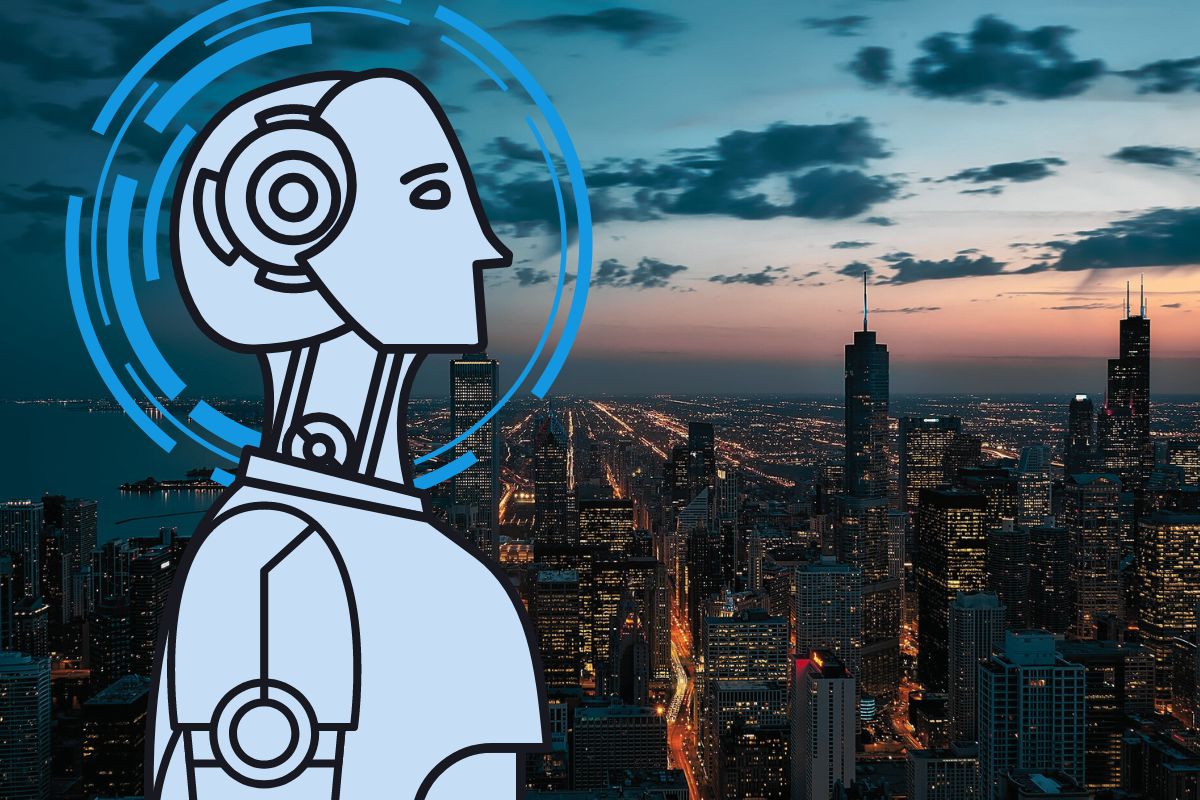Mega cities, a product of rapid urbanization, constitute a unique and complex part of today’s society. By exploring the rise of mega cities, we can gain a deeper understanding of the factors driving urbanization and its impact on communities around the world. In this article, we examine the phenomenon of mega cities and their significance in the modern world.
Defining Mega Cities: Size and Scope of Urbanization
In this section of the article, we define the concept of “mega city” and explore the criteria used to classify a city as such. We also examine global trends in urbanization and analyze how the size and scope of mega cities have changed over time. By understanding these dimensions, we gain insights into the rapid growth and development of mega cities worldwide.
Causes of Urbanization: Drivers behind the Growth of Mega Cities
Mega cities emerge as a result of various drivers and factors. In this part of the article, we delve into the main causes of urbanization and the growth of mega cities. We discuss economic, social, and demographic factors that compel people to flock to cities in search of better opportunities and quality of life. Understanding these drivers allows us to analyze the positive and negative consequences of urbanization’s growth.
Challenges and Opportunities: Living in Mega Cities
Living in mega cities presents both challenges and opportunities for residents. In this segment of the article, we examine the specific challenges faced by inhabitants of mega cities, such as housing shortages, traffic congestion, environmental issues, and social tensions. At the same time, we also explore the opportunities that mega cities offer, such as access to employment, education, culture, and social networks. By highlighting both the challenges and opportunities, we gain a more nuanced understanding of life in mega cities.
Future of Mega Cities: Sustainability and Innovation
An essential aspect of mega cities is their sustainability and ability to address future challenges. In this part of the article, we discuss innovative solutions and initiatives aimed at making mega cities more sustainable. We examine examples of smart urban planning projects, green infrastructure, energy efficiency, and waste management. By focusing on sustainability and innovation, mega cities can strive for long-term viability and resilience.
Conclusion: The Complex Landscape of Mega Cities
In conclusion, mega cities represent a complex and evolving landscape shaped by urbanization trends and socioeconomic dynamics. By studying the rise of mega cities, we gain valuable insights into the challenges and opportunities they present. Understanding the factors driving urbanization and the experiences of those living in mega cities can help guide future policies and initiatives aimed at creating sustainable, inclusive, and thriving urban environments.

